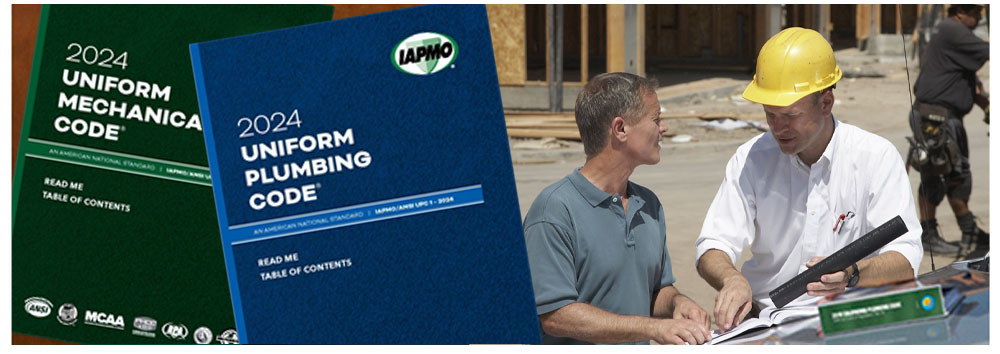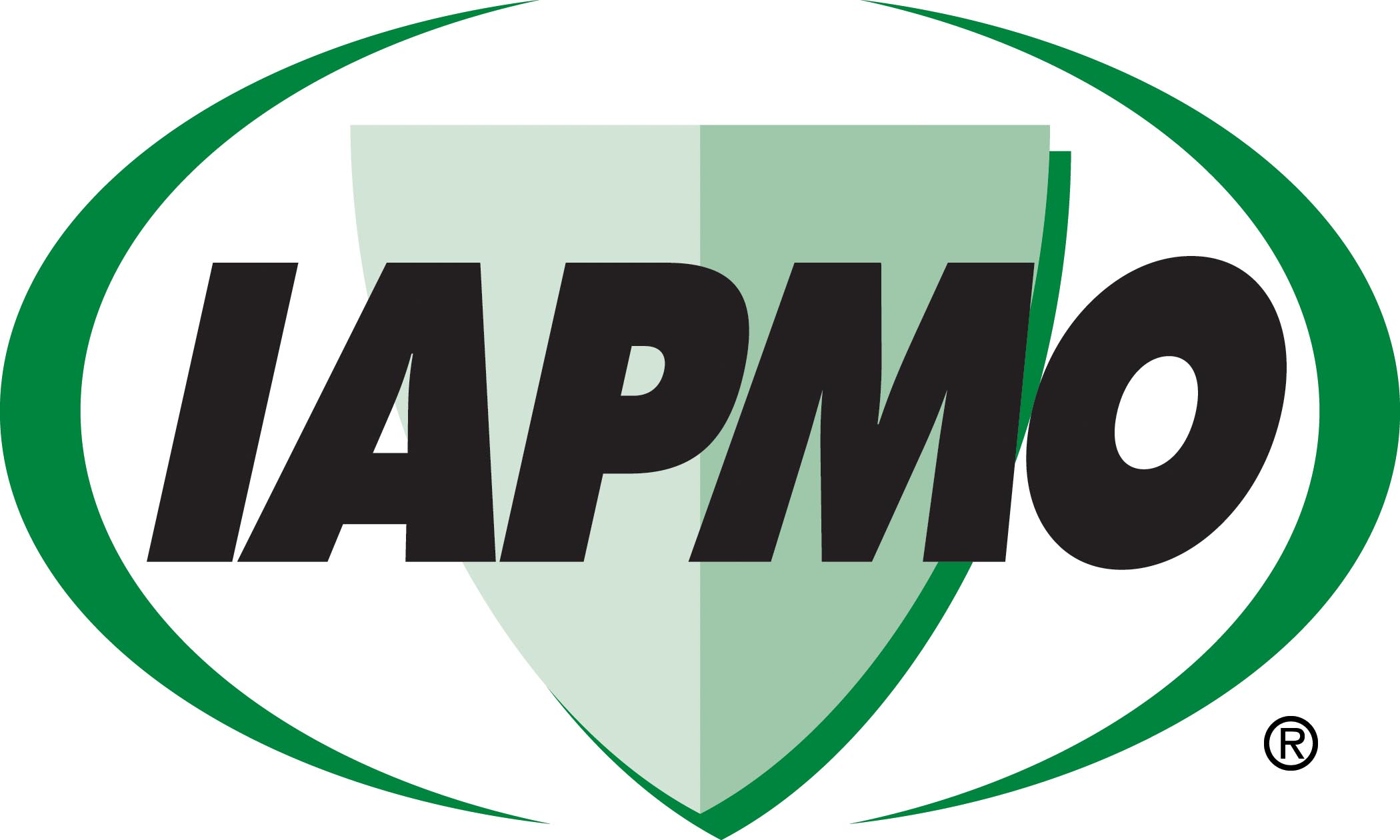July 3, 2025

From the 2024 UPC Illustrated Training Manual, Chapter 4, PLUMBING FIXTURES AND FIXTURE FITTINGS
409.4 Limitation of Hot Water Temperature in Bathtubs and Whirlpool Bathtubs. The maximum hot water temperature discharging from the bathtub and whirlpool bathtub filler shall be limited to 120°F (49°C). The maximum temperature shall be regulated by one of the following means:
(1) A limiting device conforming to either ASSE 1070/ASME A112.1070/CSA B125.70 or CSA B125.3.
(2) A water heater conforming to ASSE 1084.
Scalding injuries have occurred in bathtubs and whirlpool bathtubs over the last several years. ASSE 1070/ASME A112.1070/CSA B125.70 is standard for the temperature limiting devices to prevent scalding for these fixtures. The intent of this section is to provide a safe water temperature limiting device rather than the water heater thermostat as a device to prevent scalding.
Water heaters that conform with ASSE 1084 have additional electric control protective measures that can limit the water temperature to 120°F (49° C), or the setpoint whichever is lower.
From the 2024 UMC Illustrated Training Manual, Chapter 9, INSTALLATION OF SPECIFIC APPLIANCES
904.8 Refrigeration Coils. The installation of refrigeration coils shall comply with the following requirements:
(1) A refrigeration coil shall not be installed in conjunction with a forced air furnace where circulation of cooled air is provided by the furnace blower, unless the blower has sufficient capacity to overcome the external static pressure resistance imposed by the duct system and refrigeration coil at the air flow rate for heating or cooling, whichever is greater.
(2) Furnaces shall not be located upstream from refrigeration coils, unless the refrigeration coil is designed or equipped so as not to develop excessive temperature or pressure.
(3) Refrigeration coils shall be installed in parallel with or on the downstream side of central furnaces to avoid condensation in the heating element, unless the furnace has been specifically listed for downstream installation. With a parallel flow arrangement, the dampers or other means used to control flow of air shall be sufficiently tight to prevent any circulation of cooled air through the furnace.
(4) Means shall be provided for disposal of condensate and to prevent dripping of condensate on the heating element. [NFPA 54:10.3.9]
Before cooling coils are inserted in the air discharge ducts, it is necessary to ensure that the fan and motor have sufficient capacity to overcome the external static resistance of the cooling coils. Additional horsepower and a compatible fan design are frequently necessary when cooling coils are added to an existing heating system. This section ensures adequate airflow across the heat exchanger and cooling unit. If insufficient air moves across a heat exchanger, an overheating condition may occur. If insufficient air moves across the cooling coils, liquid refrigerant may cause damage to the compressor.
Furnaces shall not be located “upstream” from cooling units, unless the cooling unit is designed so as not to develop excessive temperature or pressure. To avoid condensate collection at the heat exchanger or element and eventual damage by oxidation, cooling coils shall be installed parallel with or on the “downstream” side of the heating element, unless permitted permitted by design. An approved means of condensate disposal shall be provided.
Similar reasoning is applied to cooling systems used in conjunction with hot water boilers. To prevent damage, no chilled medium shall be allowed to enter the boiler. Appropriate flow controls shall be installed to prevent gravity circulation of the boiler water during the cooling cycle.
(This is not to be considered the official position of IAPMO, nor is it an official interpretation of the Codes.)

IAPMO
IAPMO develops and publishes the Uniform Plumbing Code®,the most widely recognized code of practice used by the plumbing industry worldwide; Uniform Mechanical Code®; Uniform Swimming Pool, Spa and Hot Tub Code®; and Uniform Solar Energy, Hydronics and Geothermal Code™ — the only plumbing, mechanical, solar energy and swimming pool codes designated by ANSI as American National Standards — and the Water Efficiency Standard (WE-Stand)™. IAPMO works with government, contractors, labor force, and manufacturers to produce product standards, technical manuals, personnel certification/educational programs and additional resources in order to meet the ever-evolving demands of the industry in protecting public health and safety.
Last modified: July 10, 2025
